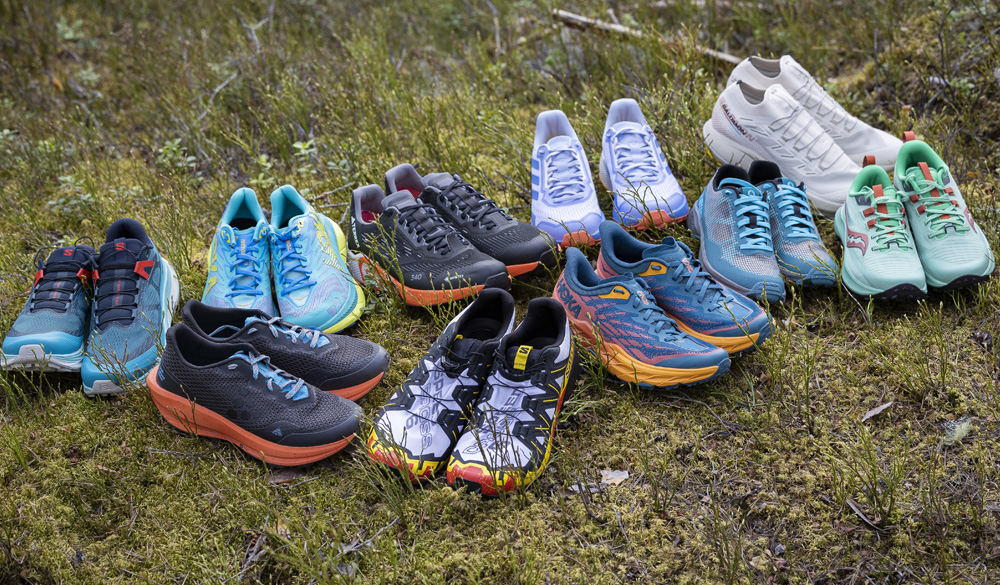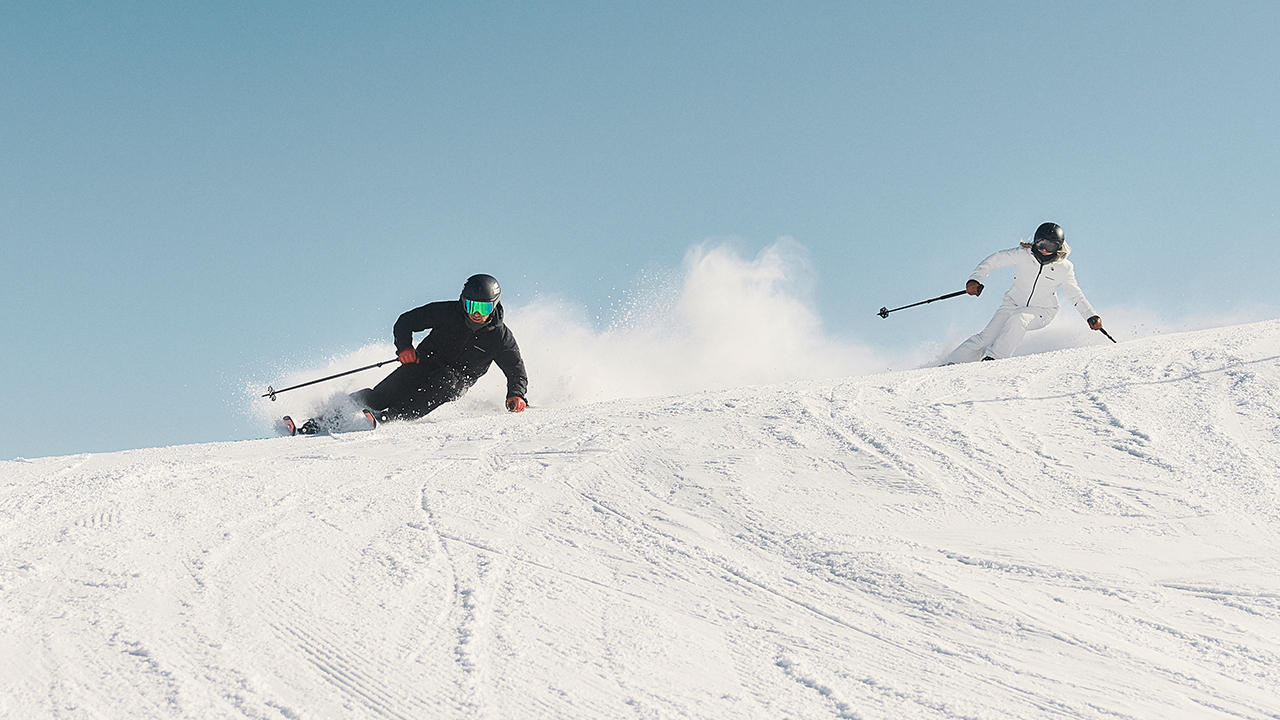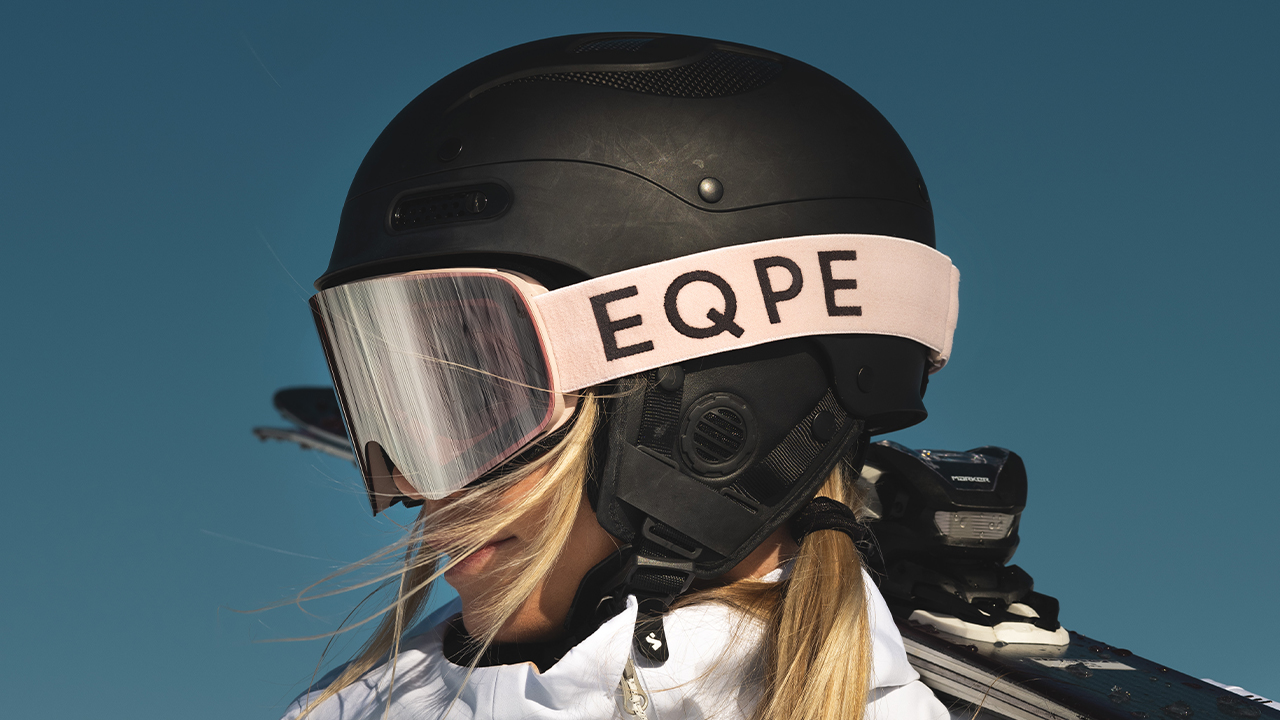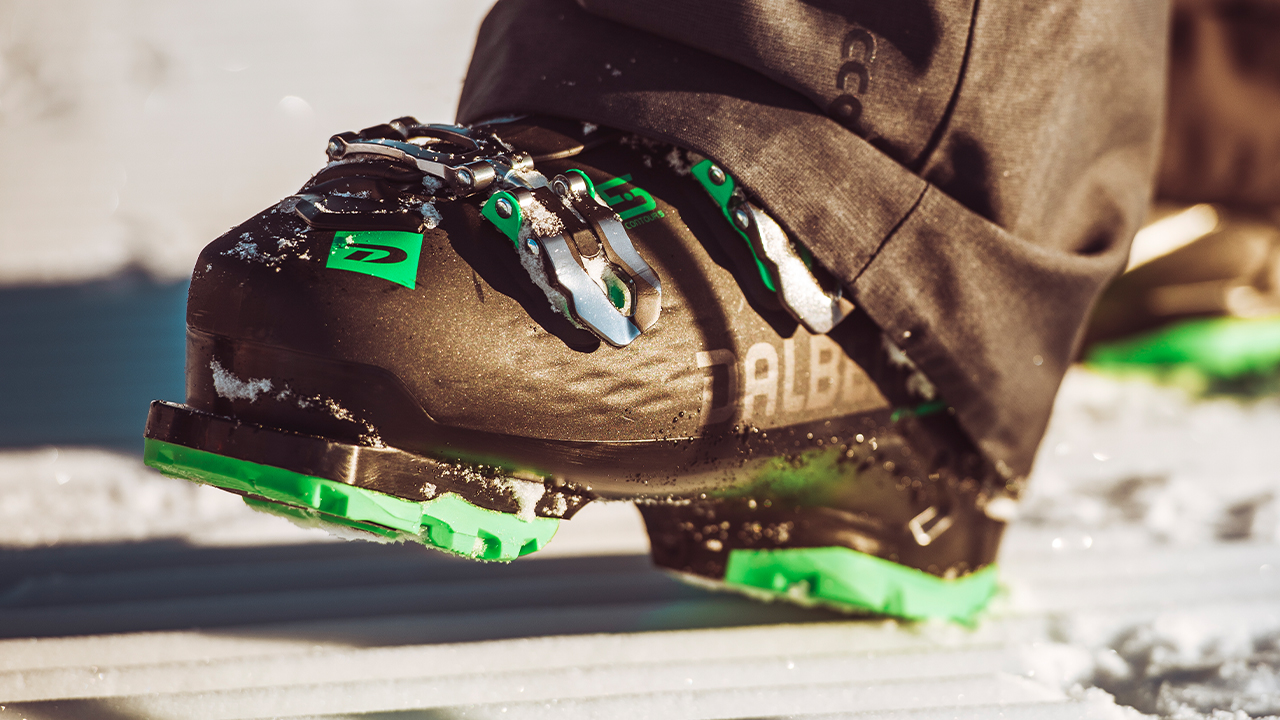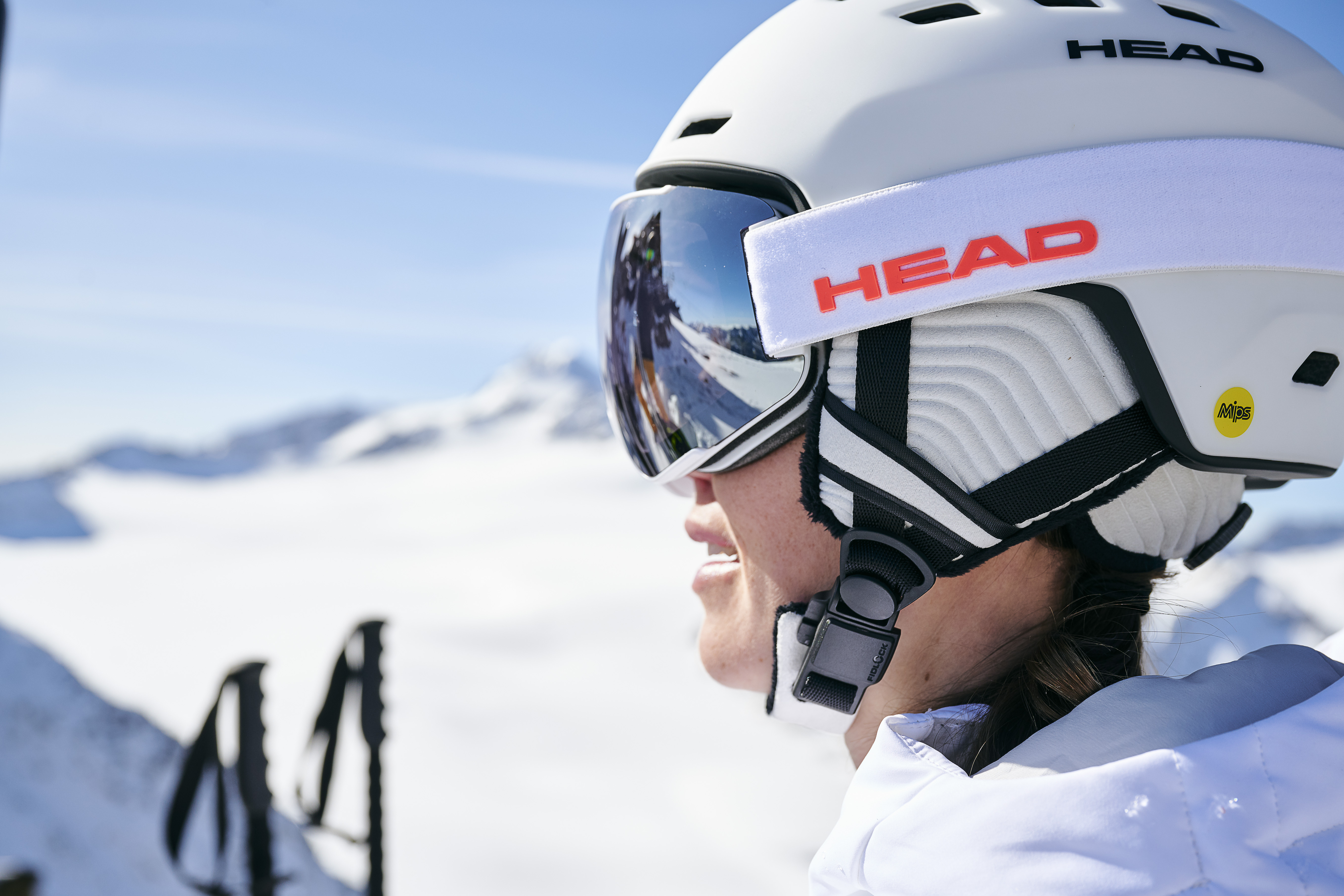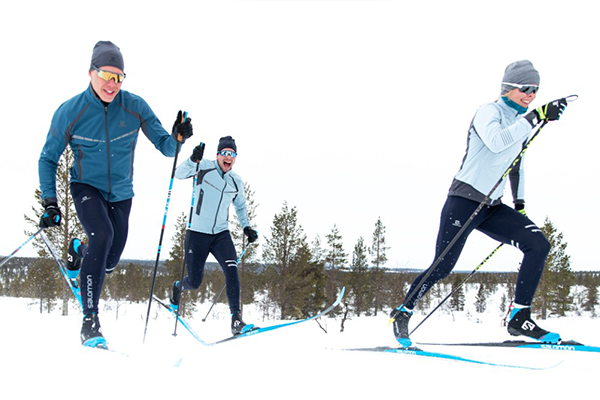Those of you who ski on the piste, park or off-piste
Alpine bindings are the usual, classic bindings that are fixed to 95% of today’s skis. They have a separate toe and heel section and are excellently suited to those of you who ski on the piste, park or on easily accessible off-piste.
Bindings with walking mode
Hybrid and freeride bindings fit all standard alpine ski boots and have a walking mode which makes it possible to hike some distance without having to take off your skis. The advantage is that the binding maintains the same stability as a standard alpine binding. The disadvantage is that it is relatively heavy since the entire binding is lifted up with each step.
A heavier and more stable binding works well for those of you who only walk short stretches, but if you also take summit trips with ski skins then a lighter binding is preferable.
TLT & Tech bindings weigh less, are adapted to lighter skis and suit longer uphill tours. These bindings are mounted in a specific way and therefore special tech inserts for ski boots are needed.
What is the DIN scale and why is it important to choose correctly?
DIN is the name of the scale used to show how hard the spring inside the binding can be tightened. The spring is what makes the skis release when they should.
Simply speaking it’s the spring that decides how firmly the ski boots sit in the binding. The scale varies on different bindings but the system is very simple: 1 corresponds 10 kg, 2 corresponds 20 kg etc. If you weigh 65 kg then for example a binding with DIN 3–11 (30–110 kg) works for you. The DIN settings are also based on the length of the boot. Contact one of our SkiStarshop Concept Stores for advice and help with the adjustment.
If you are a powerful, experienced skier who jumps or skis a lot off-piste then the skis are exposed to greater stresses and you should choose a more rigid binding.
